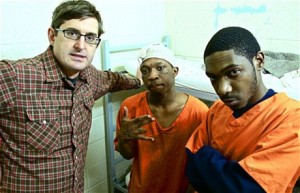Mustafa Izzy, Max Conroy and myself have been working on the production of a collection of short exploratory documentaries. Primarily the short pieces profile individuals within the community, focusing on what assists immigrants assimilating to life in Australia, and some of the hardships or potential joys that they might face. As a part of our Film TV 2 specialisation, our committed team formed ‘MKM Productions’ and began the process of sourcing, interviewing, filming and editing our intended documentaries.
Within both the course and time constraints, MKM Productions filmed two pieces as well as produced one completed short film. Our team will resume editing of our second documentary, ‘EP2’, and has also made arrangements to film our next short piece in early 2015. Additionally, over the last semester of 2014, MKM Productions kept a dedicated blog that entails some of our research, production processes and exploratory concepts.
MKM’s first completed film titled ‘Mosaic: The Series EP1’ profiles an aspiring Melbourne based musician, 18-year-old Angelo from Kukuma, Kenya.
